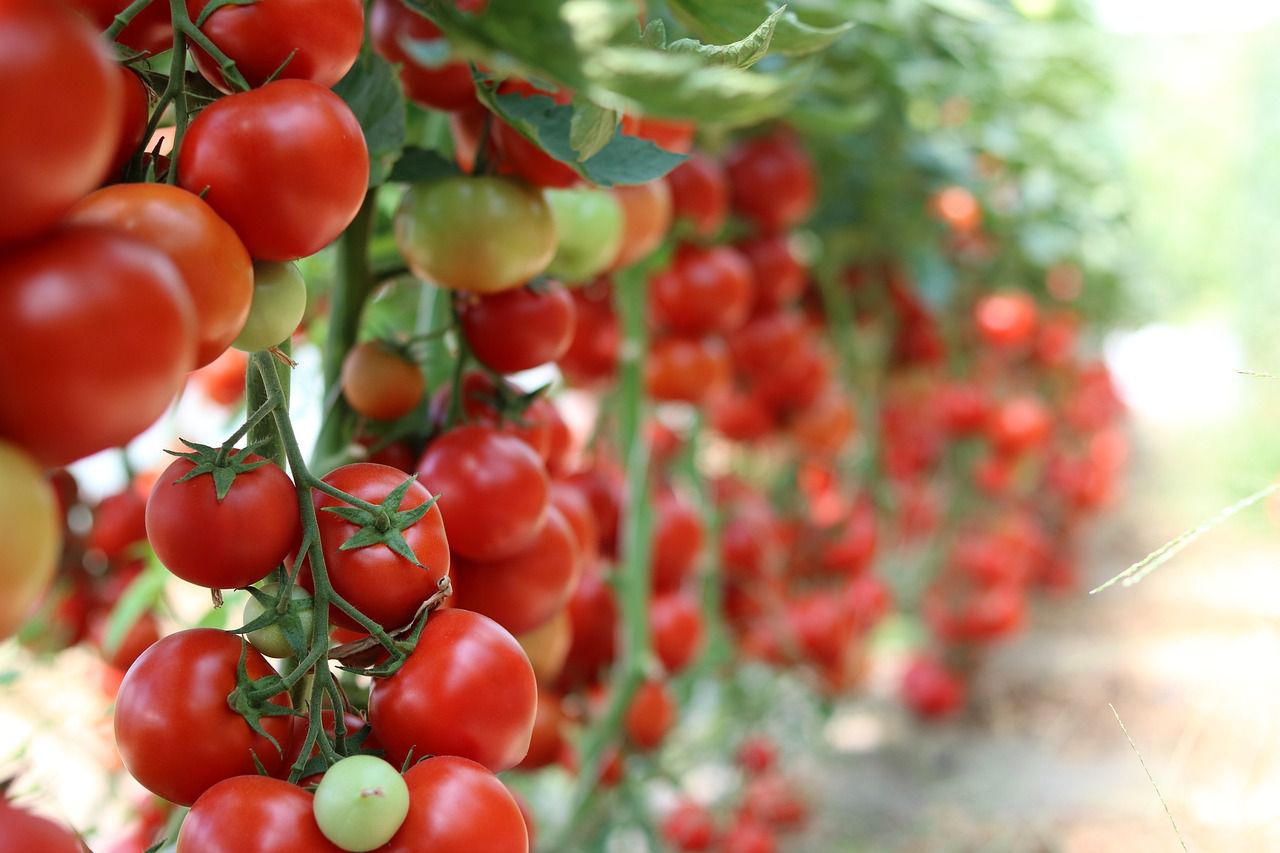The phenomenon of empty flowers on tomatoes is also known as blossom drop or blossom abortion, and it can disappoint lots of gardeners.
Gardeners looking for maximum yield without empty flowers should provide perfect conditions for their tomatoes.
This problem appears because of the following mistakes.

Temperature extremes
Tomato plants are sensitive to temperature fluctuations, especially during flowering. When temperatures are excessively high or way too low, the plant's reproductive process can be disrupted.
Humidity and moisture stress
Fluctuations in humidity levels and inadequate moisture can affect pollination and fruit development. High humidity can interfere with pollen viability and make it difficult for pollen to stick to the female reproductive parts of the flower.
Lack of pollination
Tomatoes are self-pollinating plants, but they still require pollination for fruit set. Pollen transfer can be hindered if there is a lack of pollinators, such as bees, in the vicinity.
Nutrient imbalance
Imbalances in nutrient availability can impact the plant's reproductive processes as well. Inadequate levels of certain elements, such as phosphorus and potassium, can hinder flower development.
Stress factors
Various stressors, including transplant shock, root damage, pest infestations, or diseases, can lead to blossom drop.
Additionally, selecting tomato varieties that are known to be more tolerant of environmental stresses can help reduce the occurrence of the issue.












